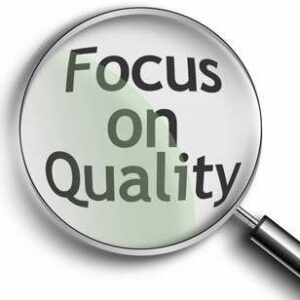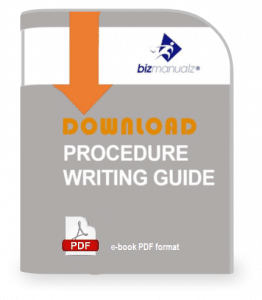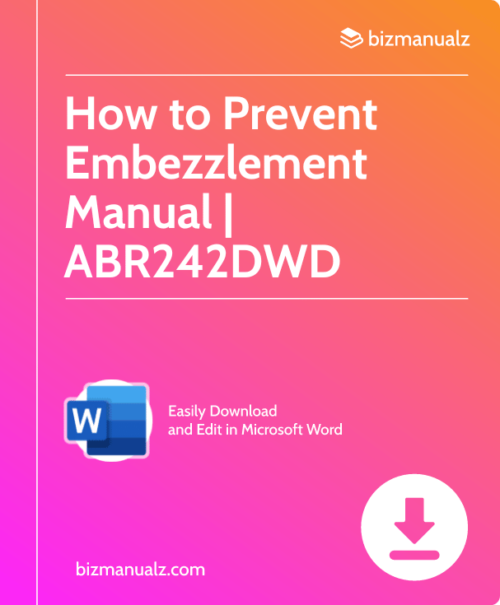What Methods are Used to Write Policies and Procedures?

Writing policies and procedures takes time to research the process, understand best practices, and determine conformance with applicable laws, standards, or company guidelines. At Bizmanualz, we use different methods that depend on the industry or topic for the policy and procedure. What methods are used to write policies and procedures?
Methods to Create Policies and Procedures
1. Interviews
2. Surveys
3. Document Analysis
4. Focus Groups
5. Benchmarking
6. Brainstorming
7. Research
8. Government
9. Lean Six Sigma
10: Standards Guidelines
- The International Organization for Standardization (ISO) publishes standards for management systems which can be used to help guide the development of policies and procedures.
- The Information Technology Infrastructure Library (ITIL) is a set of detailed practices for IT activities which can be used to help guide the development of IT policies and procedures.
- The Information Systems Audit and Control Association (ISACA) and the IT Governance Institute (ITGI) publish COBIT which is a framework of Control Objectives for Information and Related Technologies which can be used as a guide to policies and procedures.
- The International compliance Association (ICA) publishes guidelines for developing policies and procedures that are specific to the financial services industry.
- The Society for Human Resource Management (SHRM) provides templates and guidelines for developing policies and procedures that are specific to the human resources field.
- The American Institute of CPAs (AICPA) provides guidance on drafting appropriate policies and procedures for the accounting profession.
- The Institute of Internal Auditors (IIA) offers guidance on creating and documenting policies and procedures for internal audits.
- The Project Management Institute (PMI) has published a comprehensive guide for developing policies and procedures for project management.
- The Financial Accounting Standards Board (FASB) updates Generally Accepted Accounting Principles (GAAP) which can be used as a guide to Accounting policies and procedures.
Methods to Write Policies and Procedures
Knowing what to include in your policy or procedure will help you create one that achieves your goals. But, It requires time to investigate the process, comprehend best practices, and ascertain compliance with relevant laws, standards, or corporate rules before writing policies and procedures. When writing procedures, try to employ a variety of techniques to address the topic or sector that is the target for the policy and procedure.
















Leave a Reply